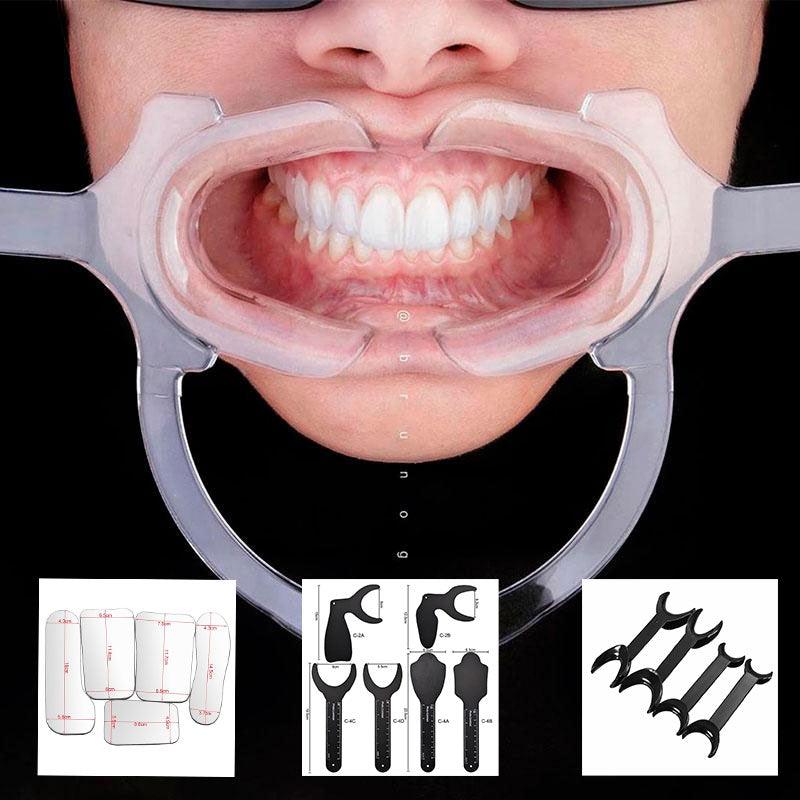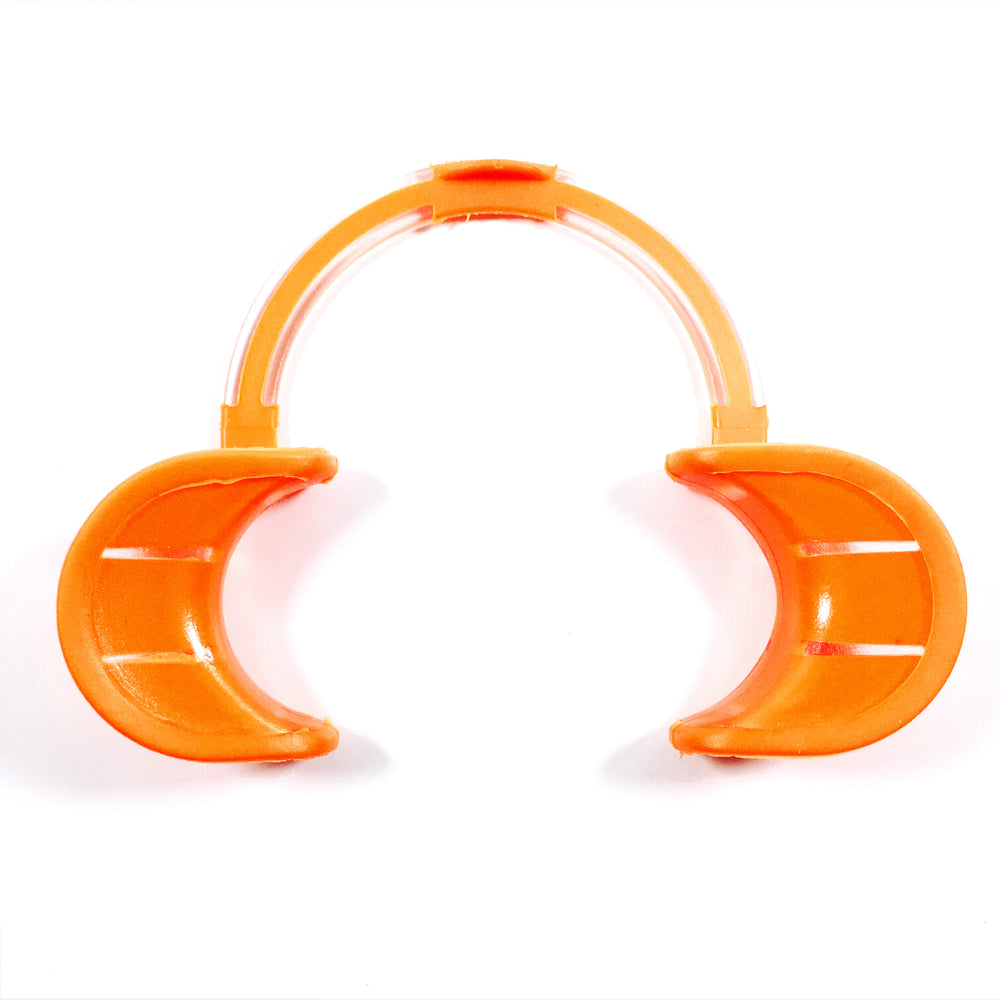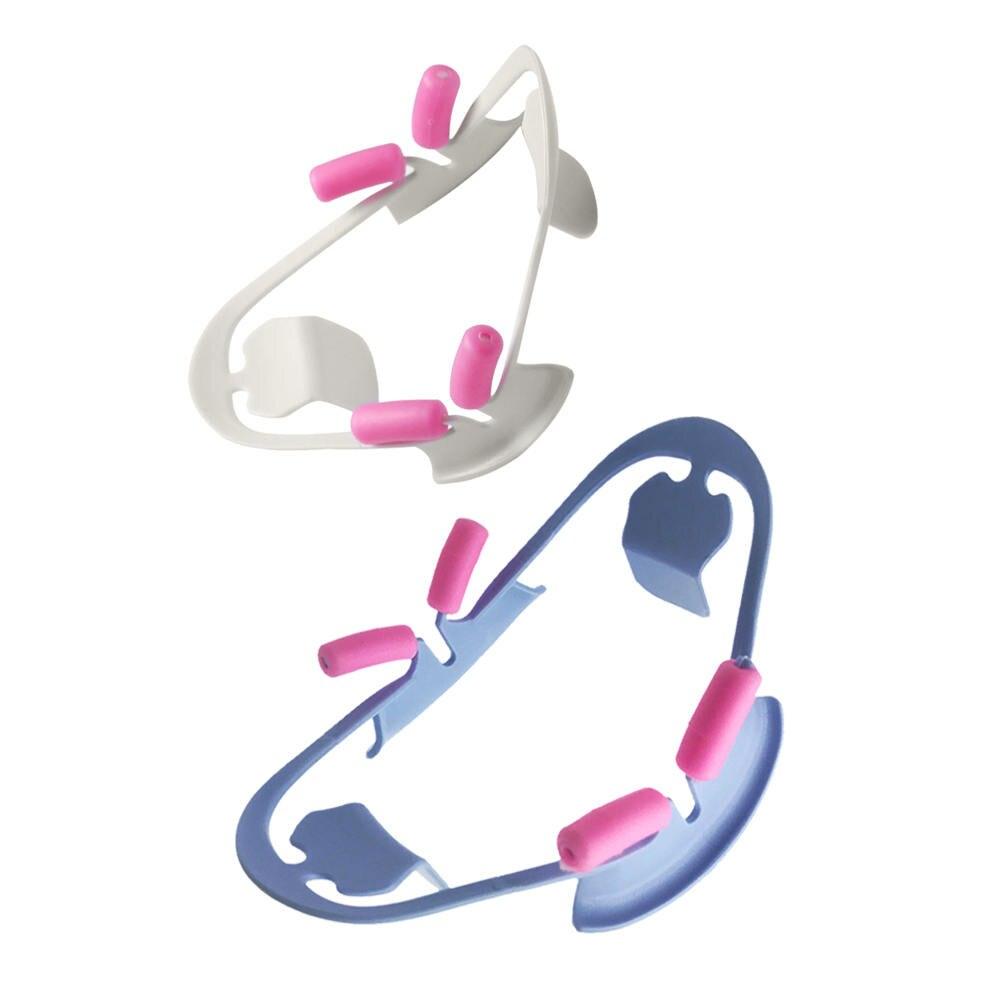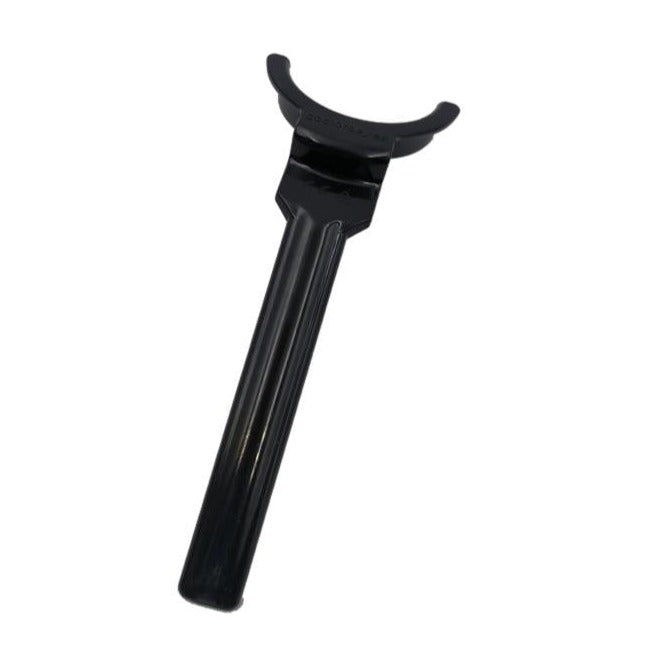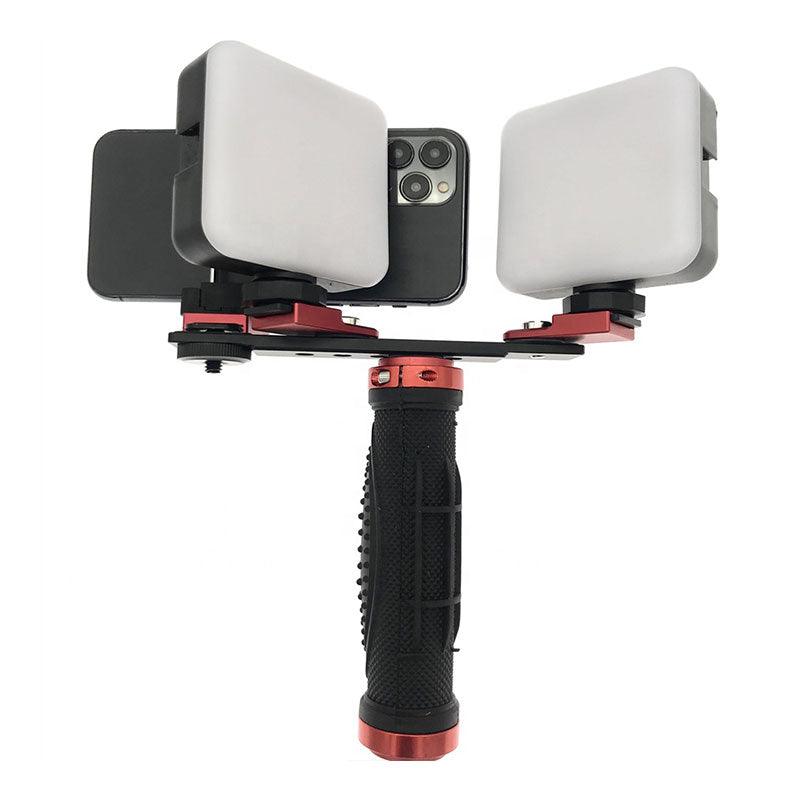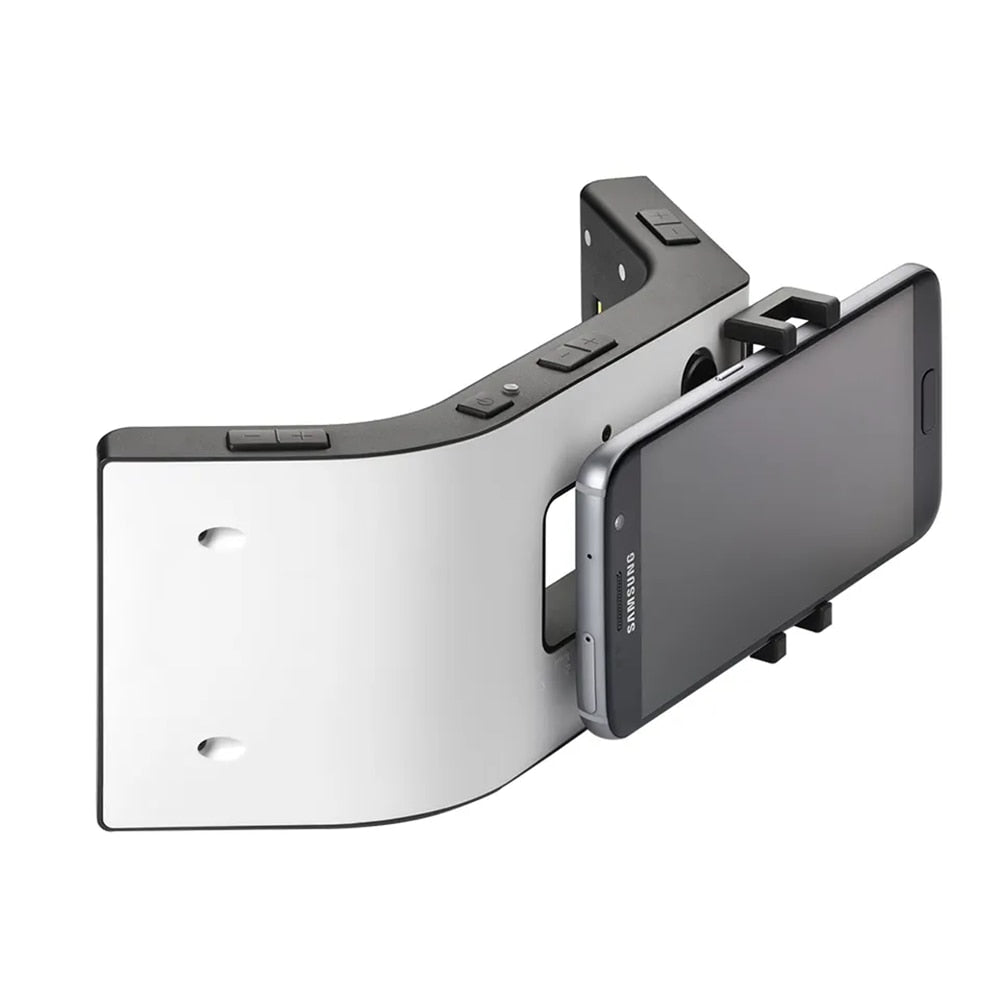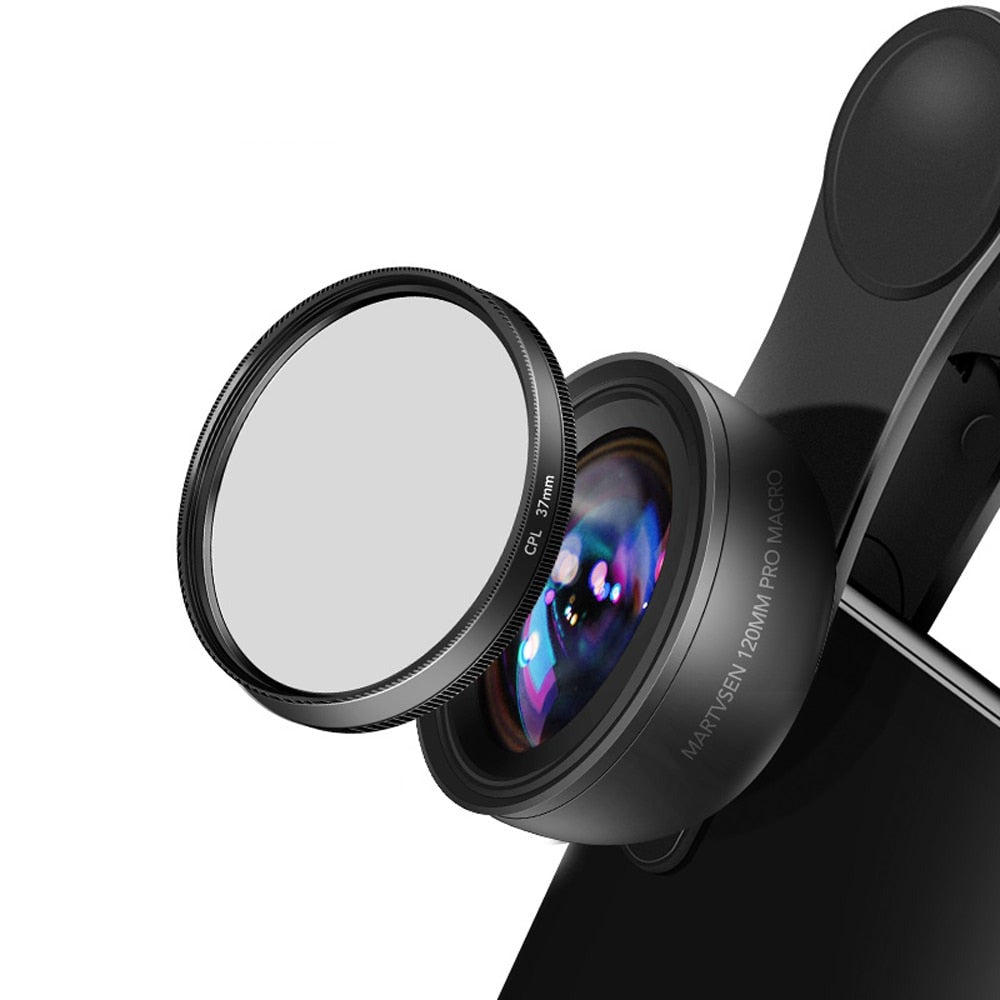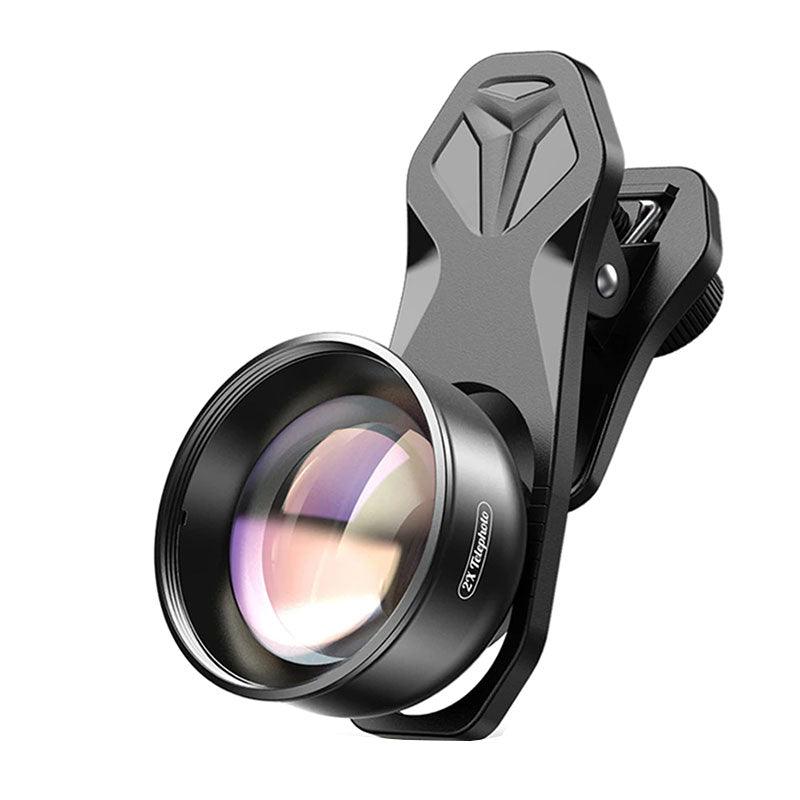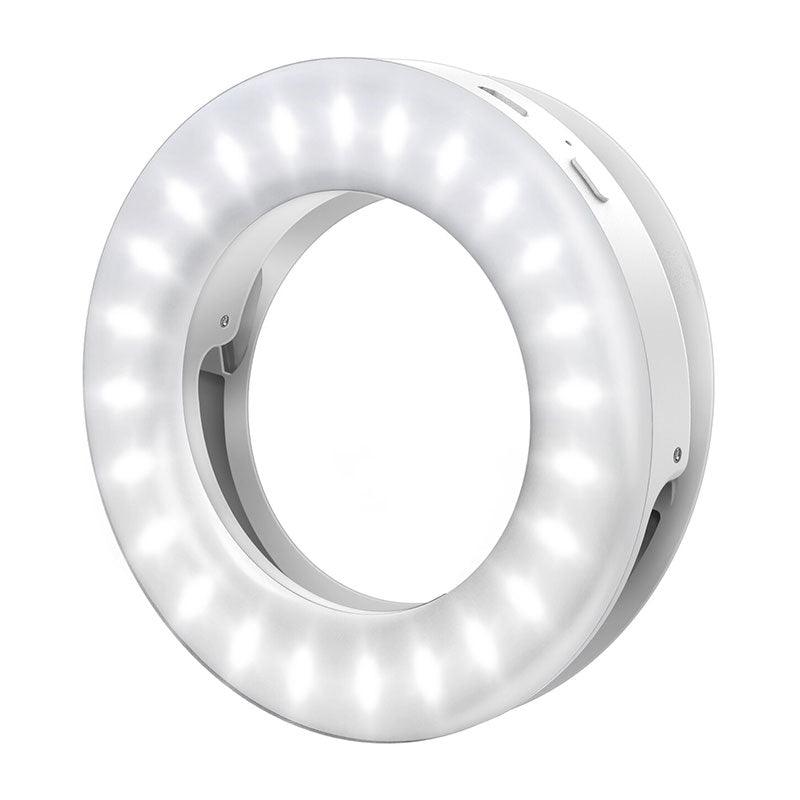Dental photography demands precision and attention to detail, making the choice of camera mode crucial for capturing accurate and clear images. In this article, we will delve into different camera modes suitable for dental photography, focusing on Program Mode and Shutter-Priority Mode. These modes offer valuable shortcuts and controls to help dental professionals achieve optimal results while navigating the intricacies of dental photography.
Types of Camera Modes for Dental Photography
Digital cameras come equipped with a range of shooting modes tailored to different scenarios and user preferences. These modes offer varying levels of control over camera settings while ensuring ease of use. For dental photography, two specific modes stand out: Program Mode and Shutter-Priority Mode.
Program Mode: Balancing Convenience and Control:
Program Mode, often denoted as "P" on the camera dial, is a versatile mode that automates certain settings while allowing users to control others. In this mode, the camera selects both the aperture and shutter speed settings based on its built-in algorithms. However, the user retains control over other settings, such as ISO, white balance, and exposure compensation. Program Mode is ideal for quick shooting situations, ensuring well-balanced exposures without delving into intricate manual adjustments.
Life Hacks for Program Mode:
1. Exposure Compensation: Use exposure compensation (+/-) to adjust the camera's automated settings, ensuring accurate exposure in challenging lighting conditions.
2. Focus Control: Manually select the focus point to ensure precise focus on the dental subject.
3. White Balance: Customize white balance settings to accurately capture the color temperature of dental elements.
Shutter-Priority Mode: Capturing Motion with Precision:
Shutter-Priority Mode, marked as "S" or "Tv" on the camera dial, prioritizes shutter speed control while allowing the camera to set the aperture. This mode is particularly useful for dental photography scenarios that involve capturing movement, such as during procedures or patient interactions. By setting the desired shutter speed, users can ensure that fast-paced actions are frozen in sharp detail or allowed to exhibit controlled motion blur.
Life Hacks for Shutter-Priority Mode:
1. Motion Control: Choose faster shutter speeds (e.g., 1/200 or faster) to freeze movement during procedures or patient interactions.
2. Depth of Field Control: Adjust ISO and aperture to maintain a suitable depth of field while maintaining the desired shutter speed.
Choosing the Right Mode:
The choice between Program Mode and Shutter-Priority Mode depends on the specific context of dental photography. For scenarios where quick adjustments are needed and the overall scene complexity is moderate, Program Mode can be a time-saving choice. On the other hand, Shutter-Priority Mode shines when capturing motion and action requires precision while still retaining some automation.
Digital camera modes offer dental professionals valuable tools to capture the intricacies of dental procedures and patient interactions. Program Mode provides a balanced approach, allowing users to manage specific settings while benefiting from automated adjustments. Shutter-Priority Mode, on the other hand, empowers users to capture motion with precision, ensuring that every detail is captured as intended. By mastering these modes, dental photographers can navigate various situations effectively and produce high-quality images that showcase their expertise.




